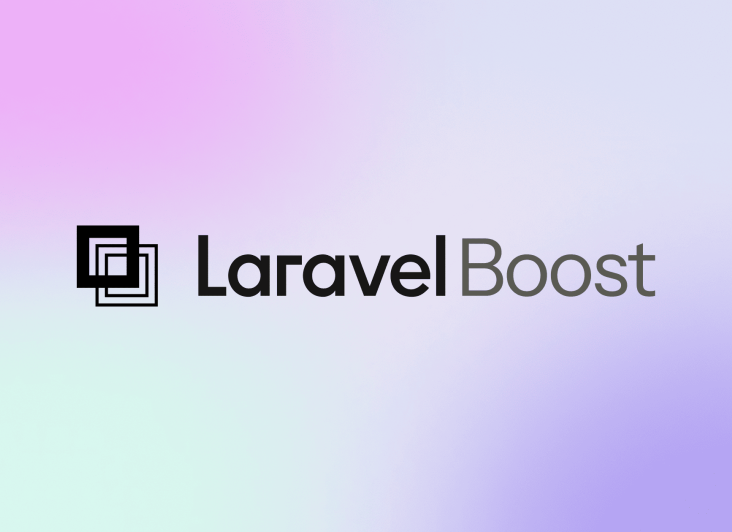Progressive Web Application vs Native App

This should be one of the most important questions to ask yourself, or your development team, before bringing your idea to life.
The opinion that you need a native app has been repeated over and over for a very long time, but times and technology have changed, making this statement redundant.
Depending on the individual needs of the project, a progressive web application (PWA) can be just as good – if not better.
So what exactly is a Progressive Web App?
You might have heard of a progressive web app as the term has become somewhat of a buzzword in recent years.
But what exactly is a PWA?
According to Mozilla Developer Docs, a PWA is “a web app that uses a service worker, a manifest and other web-platform features […] to give users an experience on par with native apps“. In other words, an enhanced website can act similarly to a native application (such as those on iOS or Android).
A PWA can supply your website with features known from native apps, such as:
being installable on the user’s device,
designed responsively to look and work good no matter the screen size,
offline access,
push notifications,
access to camera
and many more…
Pros and cons of a PWA
One of the biggest advantages of PWA, as opposed to native, is that app stores are completely optional. This reduces the cost of licences and allows for instant app updates. Once the user is on your website, they can download it seamlessly on their device should they wish to. No need to switch to the app store and wait for the app to download. The freedom to use the PWA in any way the user wants (downloaded or via the browser on any device) provides inclusiveness.
Read our blog post ‘Three reasons you DON’T need an app on the App Store.’
When building a PWA, developers can create an app-like experience using web technology and languages known for building regular websites (HTML, CSS, JavaScript). This can speed up the development process and cost less than building a native application. Changes and updates are instant, as no ‘middle-man’ (app store) approval is required.
The downside of PWA, however, is its novelty. The general public may not know about progressive web apps and their abilities. People may not know that you can download it on your phone or desktop (without taking any precious memory space).

How about a Native App?
Whoever has a smartphone these days is most likely using a few native apps regularly. App stores are busting with different applications to help you connect to others, get organised, get fit or simply entertain.
The popularity of native apps is a pro and a con at the same time. Presence in the app store adds credibility and a sense of security, as people are familiar with the functionality of app stores and know how to download apps on their devices. However, a highly saturated market means your app will probably have a lot of competition. As Grigsby (Progressive Web Apps, 2018) points out, “having a native app in an app store doesn’t guarantee that people will install it.” The retention of users using the native apps is another aspect worth contemplating over.
Access to device features, like camera or GPS, even though possible with a PWA, is quicker and somewhat more seamless in a native app, delivering a better user experience. Native apps are also more efficient when it comes to battery consumption.
Should I choose PWA or a Native App?
Progressive Web Applications and Native Apps have pros and cons; there is no right or wrong here. They can also coexist. Focus on your user’s needs to determine which one would be the most beneficial for your project and provide the best experience.
If you’re looking for further help as to whether to build a PWA or Native App, get in touch, and we can offer our advice and expertise.
More Articles

Laracon US 2025 recap: What “Laravel Boost” means for your website
Laravel Boost brings safer, Laravel-aware AI into your project. It gives assistants real context like routes, schema, logs and versioned docs so small features ship faster, code stays consistent and debugging gets clearer.

Laravel Agency Pricing Models Explained (Fixed, Retainer and Time & Materials)
Why the cheapest quote could cost you more

Laracon US 2025 recap: Pest 4 and why it matters for your website
Pest 4 brings faster, more reliable testing to our Laravel projects with Playwright browser checks, visual regression tools and smarter diagnostics, helping us catch issues early, ship confidently and keep your product stable and high-quality.

